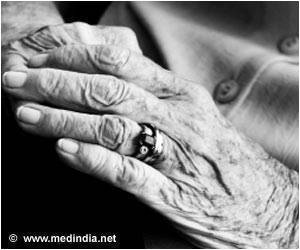
One of the three variations which affects relatively young individuals appears to be fundamentally a different condition than the other two, Bredesen noted. The finding could lead to more highly targeted research and, eventually, new treatments for the debilitating neurological disorder, which robs people of their memories.
"The important implications of this are that the optimal treatment may be different for each group, there may be different causes, and, for future clinical trials, it may be helpful to study specific groups separately," Bredesen said.
The sub-type cortical affects relatively young individuals and appears more widely distributed across the brain than the other sub-types of Alzheimer's, the study said. It typically does not seem to cause memory loss at first, but people with this sub-type of the disease tend to lose language skills. It is often misdiagnosed, typically affects people who do not have an Alzheimer's-related gene and is associated with a significant zinc deficiency.
The other two sub-types are inflammatory and non-inflammatory. In the inflammatory sub-type, markers such as C-reactive protein and serum albumin to globulin ratios are increased and in non-inflammatory, these markers are not increased but other metabolic abnormalities are present.
The two-year study involved metabolic testing of 50 people. The findings appeared in the journal Aging.
Advertisement











